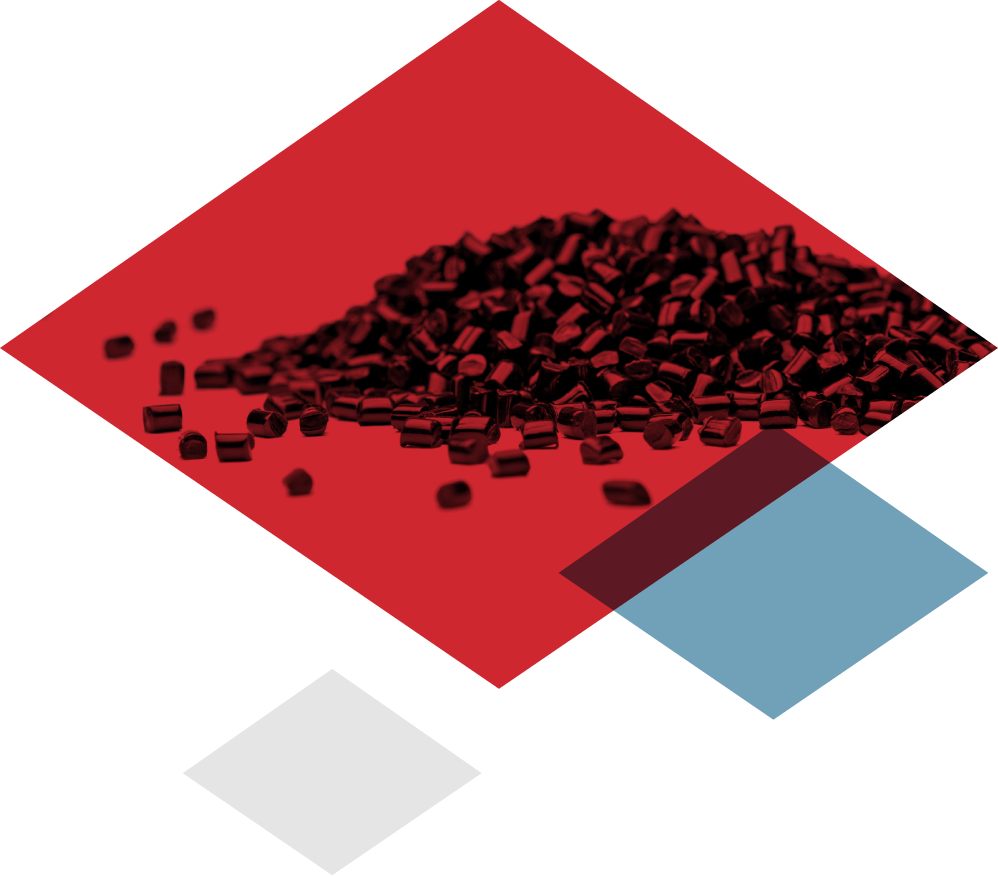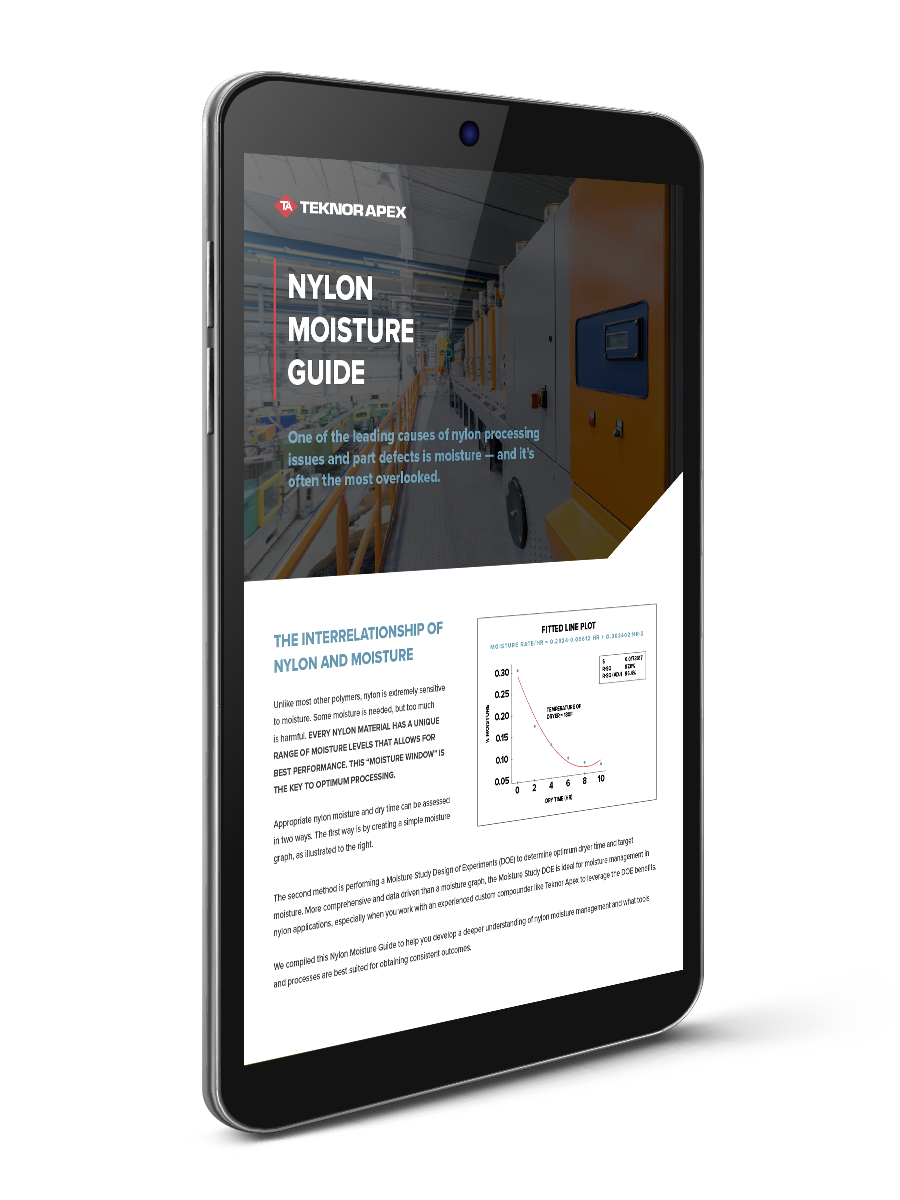
Insights from Materials Experts


What does it take to be a premier compound solutions provider? Focus on innovation. Commitment to customer support. Tenacity in problem solving.
Teknor Apex has kept these promises for nearly a century by building product portfolios that align with customer needs regardless of application complexity. Our wide range of engineering plastics and industry-leading technologies allow our team of experts to lean into — and solve — design, process, and other project challenges by optimizing materials and outcomes.

We compiled this Nylon Moisture Guide to help you develop a deeper understanding of nylon moisture management and what tools and processes are best suited for...
We are committed partners in helping you find materials solutions that ensure your electrical and electronics components consistently perform to the highest standards...
Learn how Teknor Apex engineers proactively tackled the challenging aspects of an industrial leaf blower impeller project...
We’ve compiled a list of the most frequently asked engineering plastics questions to help you find answers fast. Not seeing the information you need? Connect with the Teknor Apex team.
Melting temperature and re-crystallization rate are the two key differences between PA 66 and PA 6. PA 66 has a melting temperature of 262℃ compared to 220℃ for PA 6. As for re-crystallization, PA 66 “freezes” much faster than PA 6, making PA 66 ideal for fast cycle times in injection molding.
PA 66 and PA 6 behave similarly in terms of chemical resistance, mechanical properties, and moisture uptake.
Most plastics suppliers, especially the large resin producers, push a standard list of materials and offer minimal support to molders who experience processing or performance issues with these standard grades. Often part, tooling, processing, and performance issues can be addressed with an optimized material solution, which can result in significant cost savings by improving manufacturing efficiencies or avoiding expensive tooling or equipment modifications.
PA 6 is the most common alternative to PA 66, particularly when the application has a low end-use temperature. Other common alternatives include polyesters such as PBT and PET, as well as polypropylene (PP) in certain applications.
All polyamides (nylons) absorb moisture, but the amount and rate of moisture absorption varies by type. Moisture affects polyamides in two ways:
A term coined in the 1970s, “super tough nylon” refers to Polyamide 66 (PA 66)-based compounds modified with rubbers and elastomers for increased impact resistance, toughness, and ductility. Additional benefits include lower specific gravity, reduced moisture absorption, and higher melt strength versus standard PA 66 resin.
Like most engineering thermoplastics, polyamides (nylons) are not inherently flame retardant. However, they can be optimized and formulated to meet many stringent flammability requirements.
Many polyamides (nylons) inherently possess very good hydrolysis resistance. In other cases, hydrolysis resistance can be much improved by specialty formulations; either by incorporating additives or by blending with polymers that are not sensitive to moisture.


